2-Day Family Adventure: Warsaw Sightseeing & Outdoor Relaxation
Warsaw, Poland
2 days
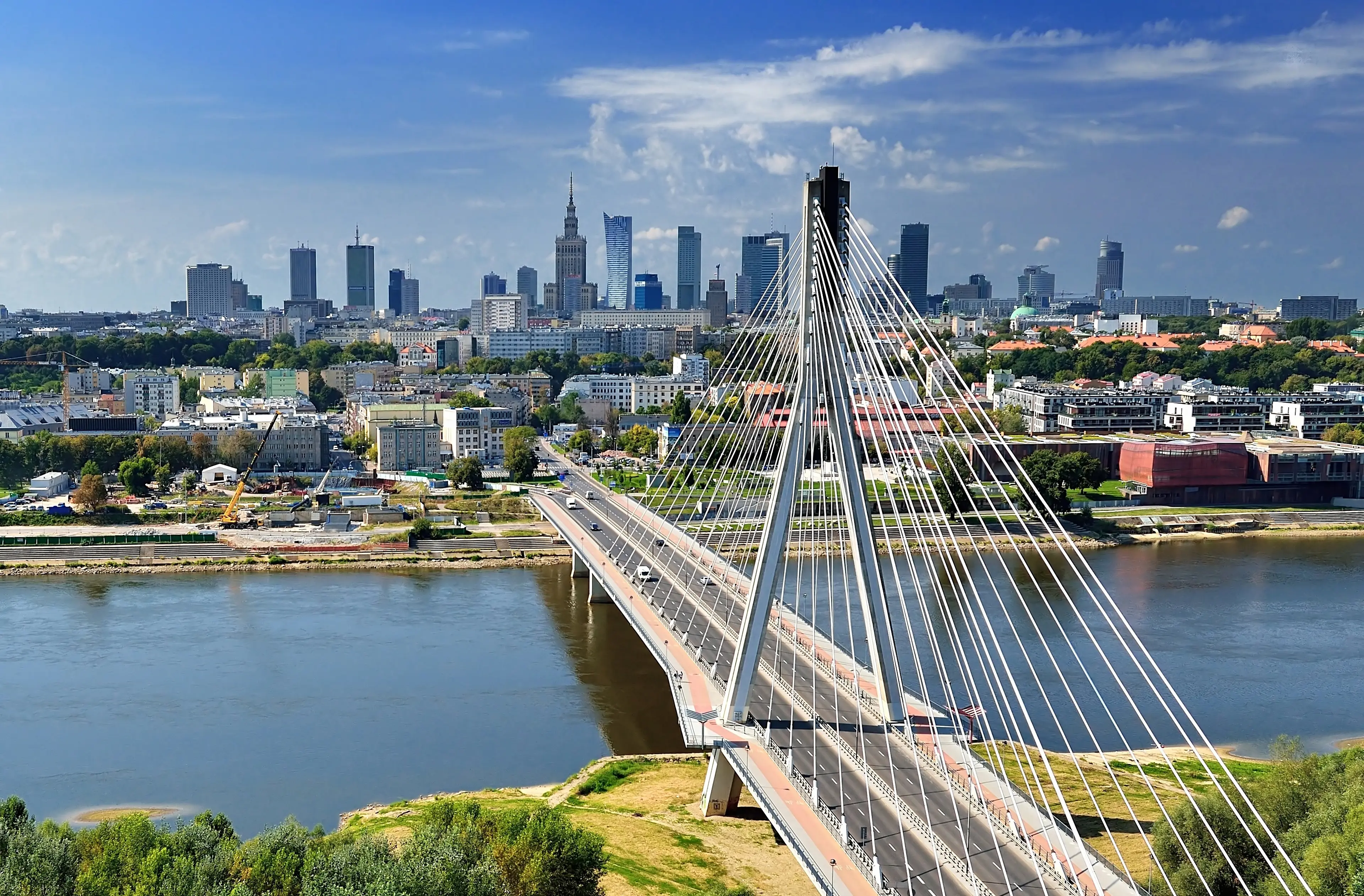
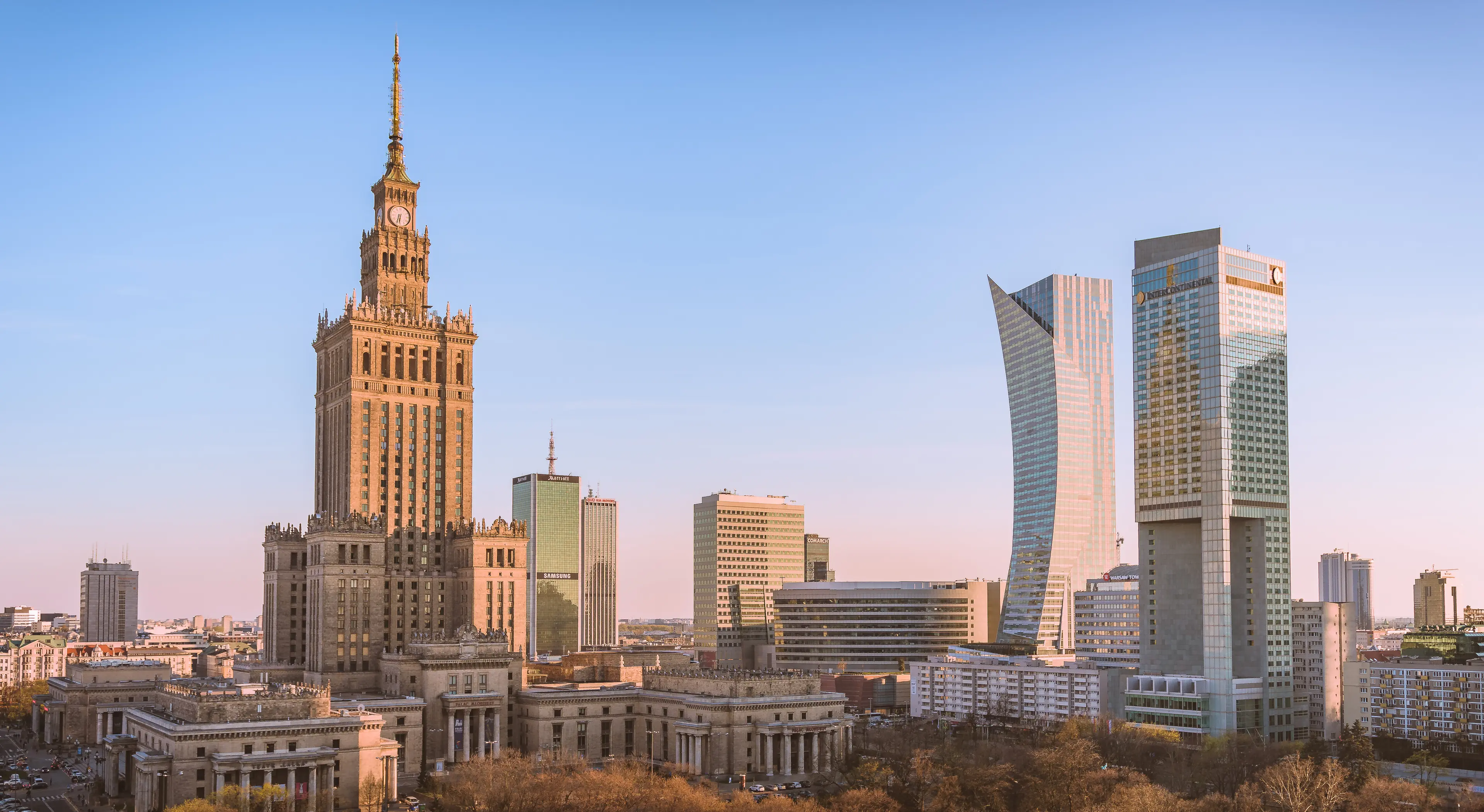

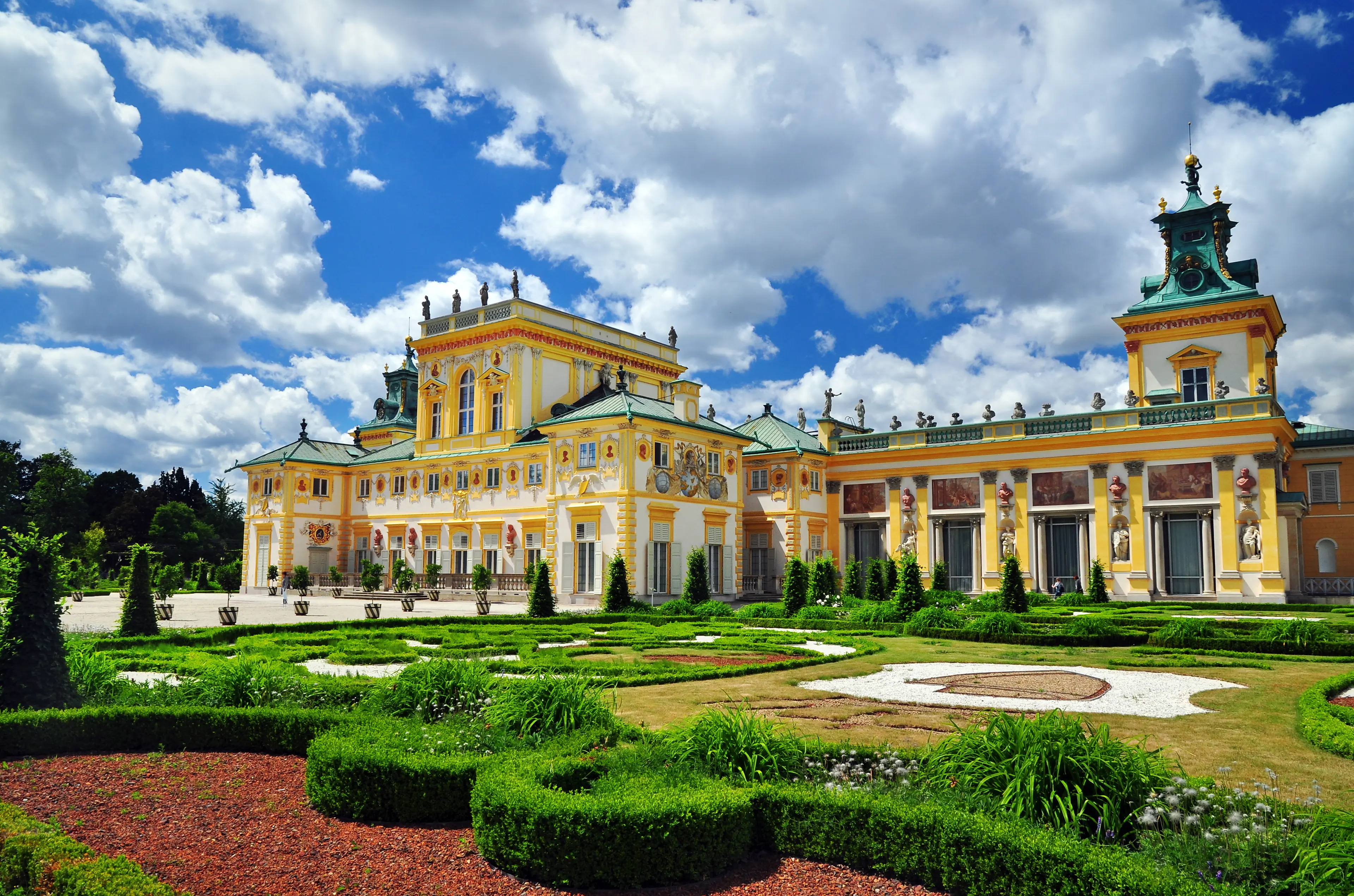
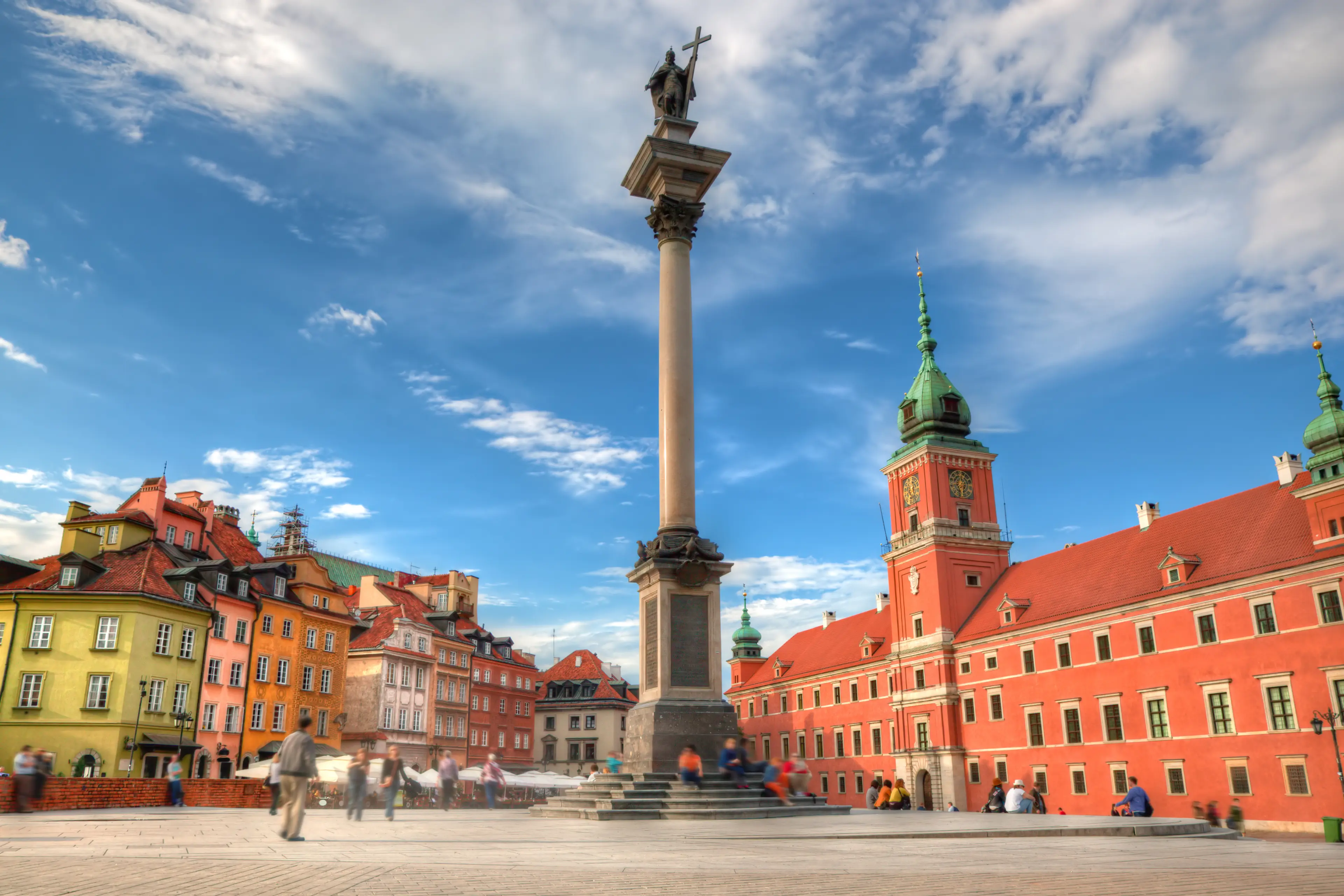
About Warsaw, Poland
Experience the rich history and vibrant culture of Warsaw, Poland's capital. Walk through the picturesque Old Town, a UNESCO World Heritage site, showcasing beautiful Baroque and Gothic architecture. Visit the Royal Castle and Wilanów Palace, reflecting the city's royal past. Explore the Warsaw Uprising Museum and POLIN Museum of the History of Polish Jews for a deep dive into Poland's history. Enjoy a stroll in Łazienki Park, home to peacocks and red squirrels. Savor traditional Polish cuisine in charming local restaurants. Warsaw's nightlife is buzzing with trendy bars and clubs. With its blend of history, culture, and modernity, Warsaw offers a unique travel experience.
2-Day Itinerary
Day 2
Discovering Wilanów and Powiśle
Morning
Begin your second day with a visit to the Wilanów Palace, a royal residence that showcases Polish history and culture. The palace is surrounded by a beautiful park, perfect for a morning walk.
Lunch
Have lunch in a local restaurant in Wilanów. Try zurek, a traditional Polish soup, or golabki, stuffed cabbage rolls.
Afternoon
Spend the afternoon exploring the Copernicus Science Centre, an interactive museum that offers fun and educational exhibits for all ages.
Dinner
Enjoy your dinner in a restaurant in the city center. Try some Polish desserts like paczki or sernik to end your meal on a sweet note.
Evening
Finish your trip with a visit to the Palace of Culture and Science. Take the elevator to the 30th floor for a breathtaking view of Warsaw at night.
Attractions in Itinerary (6)

1Royal Castle
The Royal Castle, once the official residence of Polish monarchs, is now a museum showcasing the nation's history and culture.

2Warsaw Zoo
The Warsaw Zoo is a scientific zoo located alongside the Vistula River in Warsaw. It is home to over 4,200 animals representing more than 500 species. The zoo is an ideal place for families with children to learn about wildlife from all over the world.

3Vistula River
The Vistula River, Poland's longest, offers opportunities for water sports and features a number of beaches along its banks.

4Wilanów Palace
Wilanów Palace, a royal residence from the 17th century, is a jewel of Polish Baroque architecture and a testament to the country's history.

5Copernicus Science Centre
One of the largest and most modern science centers in Europe, the Copernicus Science Centre offers interactive exhibits that encourage learning through play.

6Palace of Culture and Science
A gift from the Soviet Union to the people of Poland, the Palace of Culture and Science is the tallest building in Poland, housing museums, a cinema, and offices.
Local Food and Drinks (12)

Pierogi
These are traditional Polish dumplings, often filled with cheese, meat, or fruit. They are a must-try when visiting Warsaw.
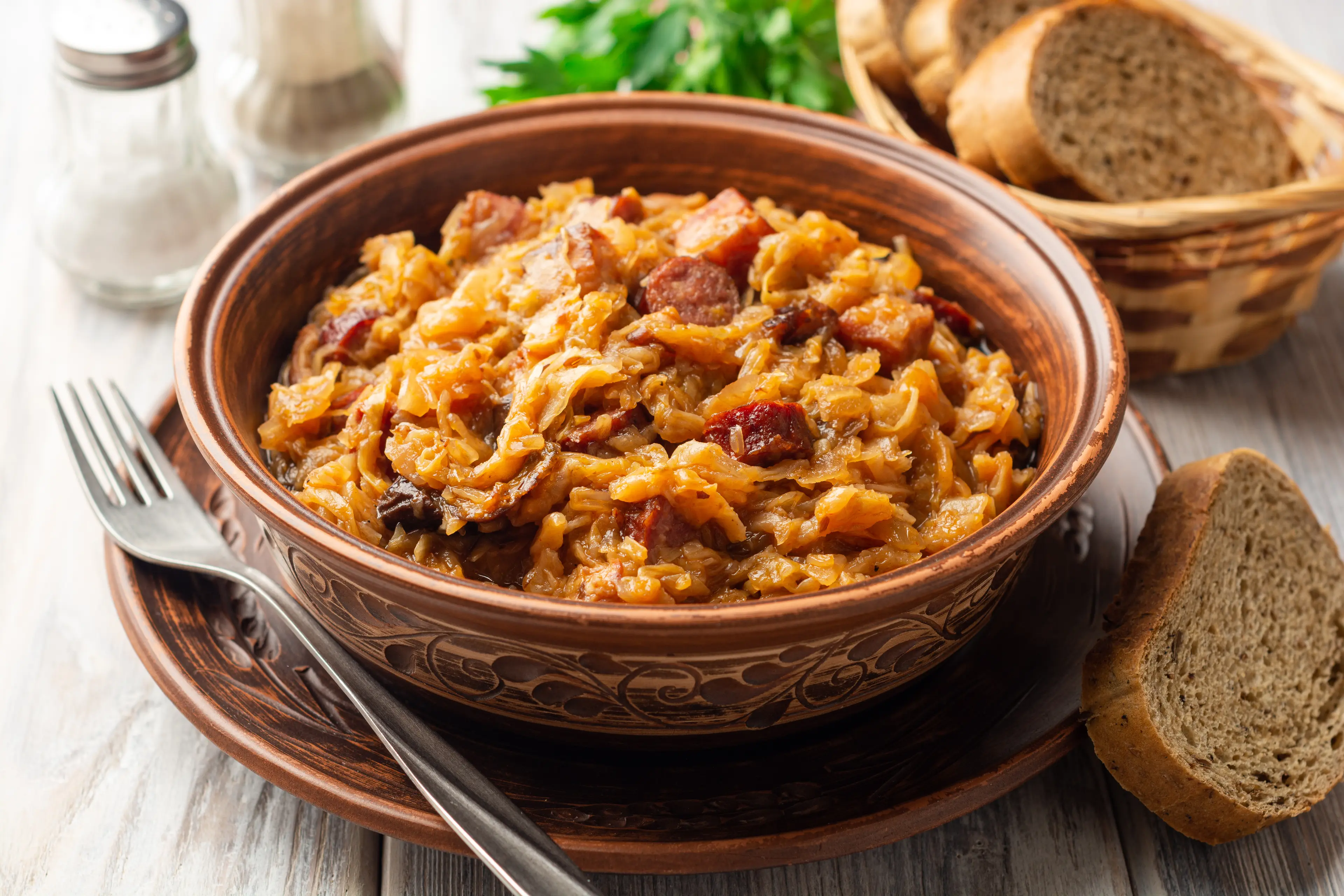
Bigos
Known as 'Hunter's Stew', Bigos is a hearty dish made with a variety of meats, sausages, and cabbage. It's a popular comfort food in Warsaw.
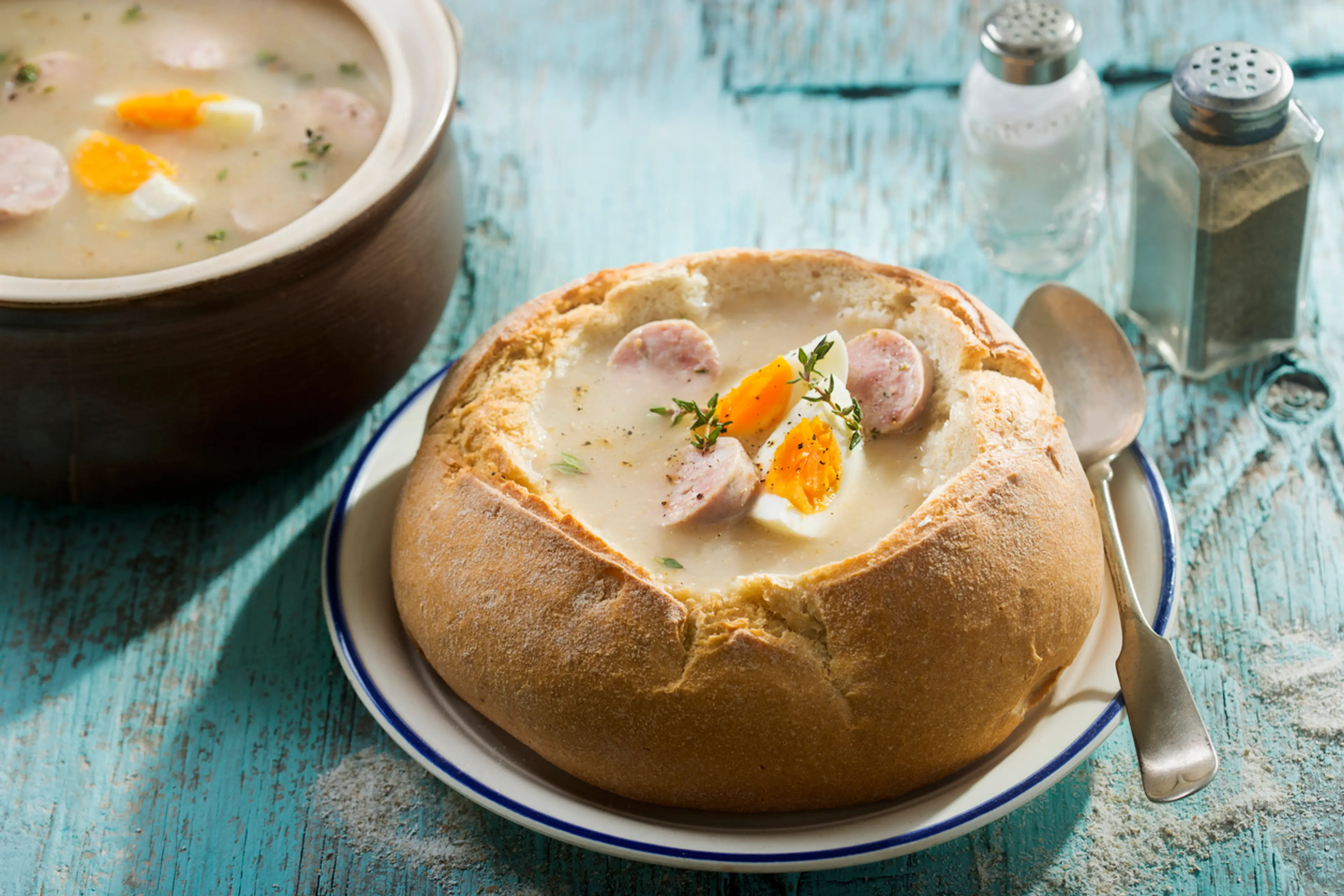
Zurek
Zurek is a sour rye soup often served in a bread bowl. It's a staple in Polish cuisine and a common dish in Warsaw.

Kielbasa
Kielbasa is a Polish sausage that comes in many varieties. It's a popular street food in Warsaw.
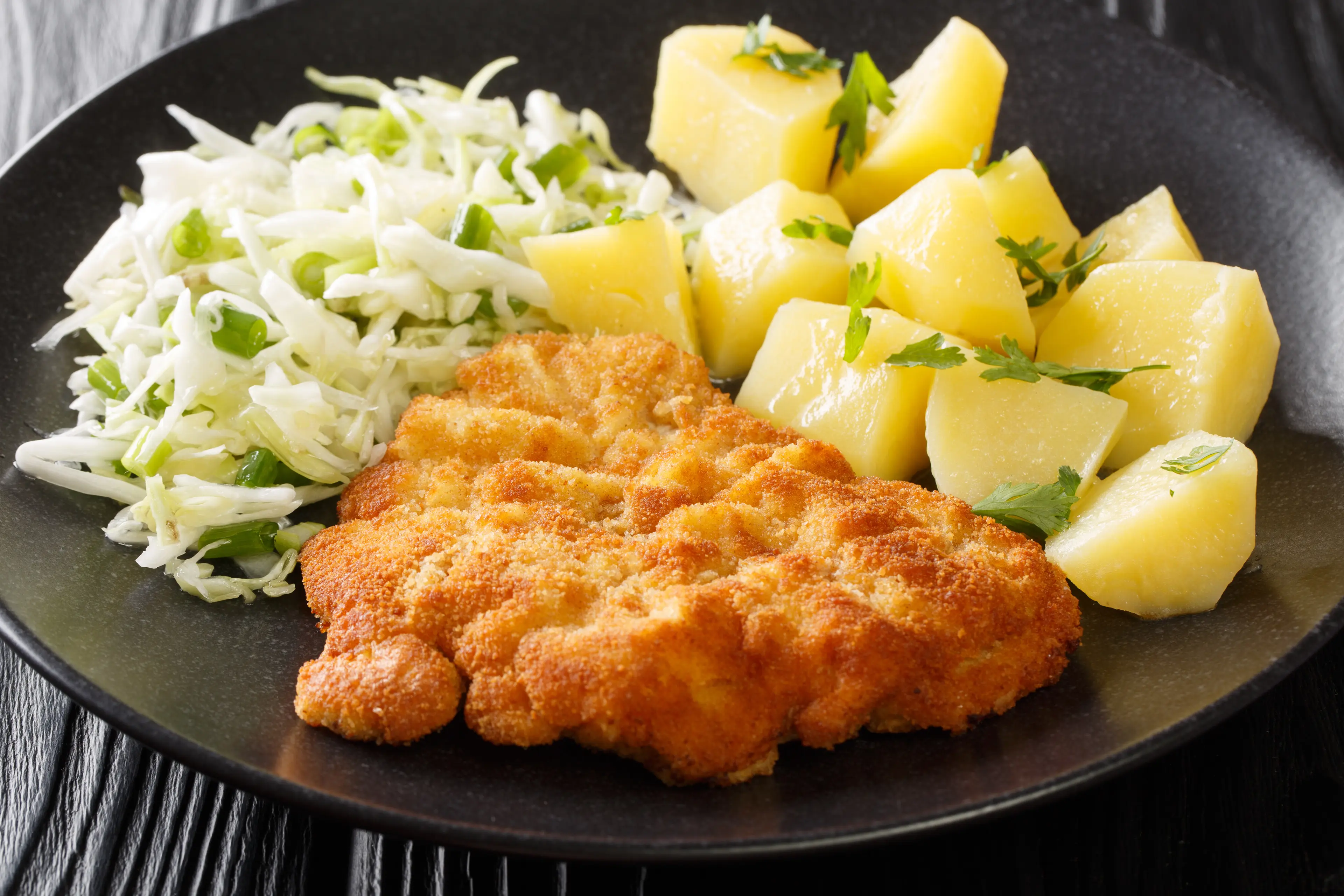
Kotlet Schabowy
This is a breaded pork cutlet, similar to a schnitzel. It's a common main course in Warsaw.
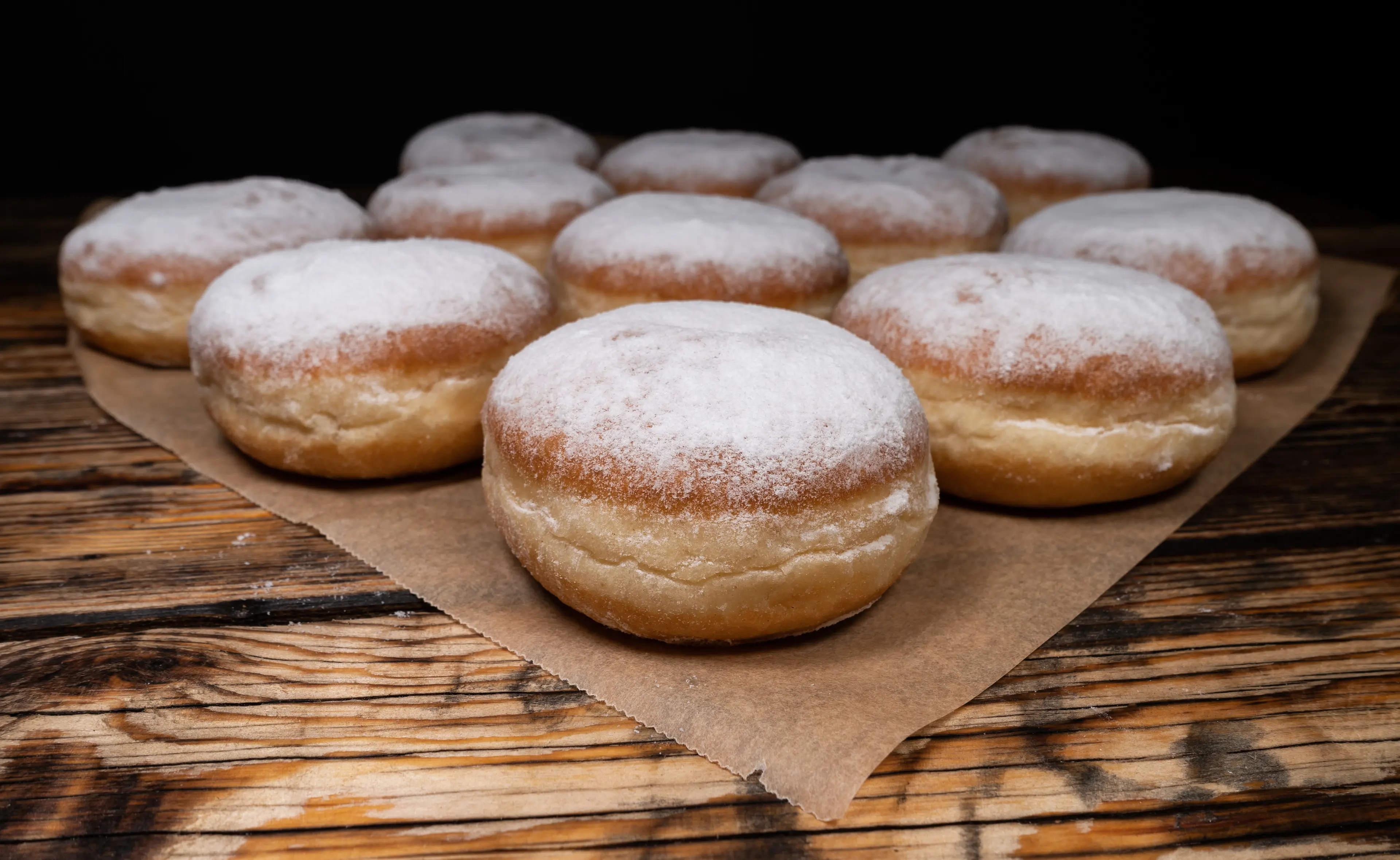
Paczki
Paczki are Polish doughnuts, often filled with jam or custard. They are a popular treat in Warsaw.
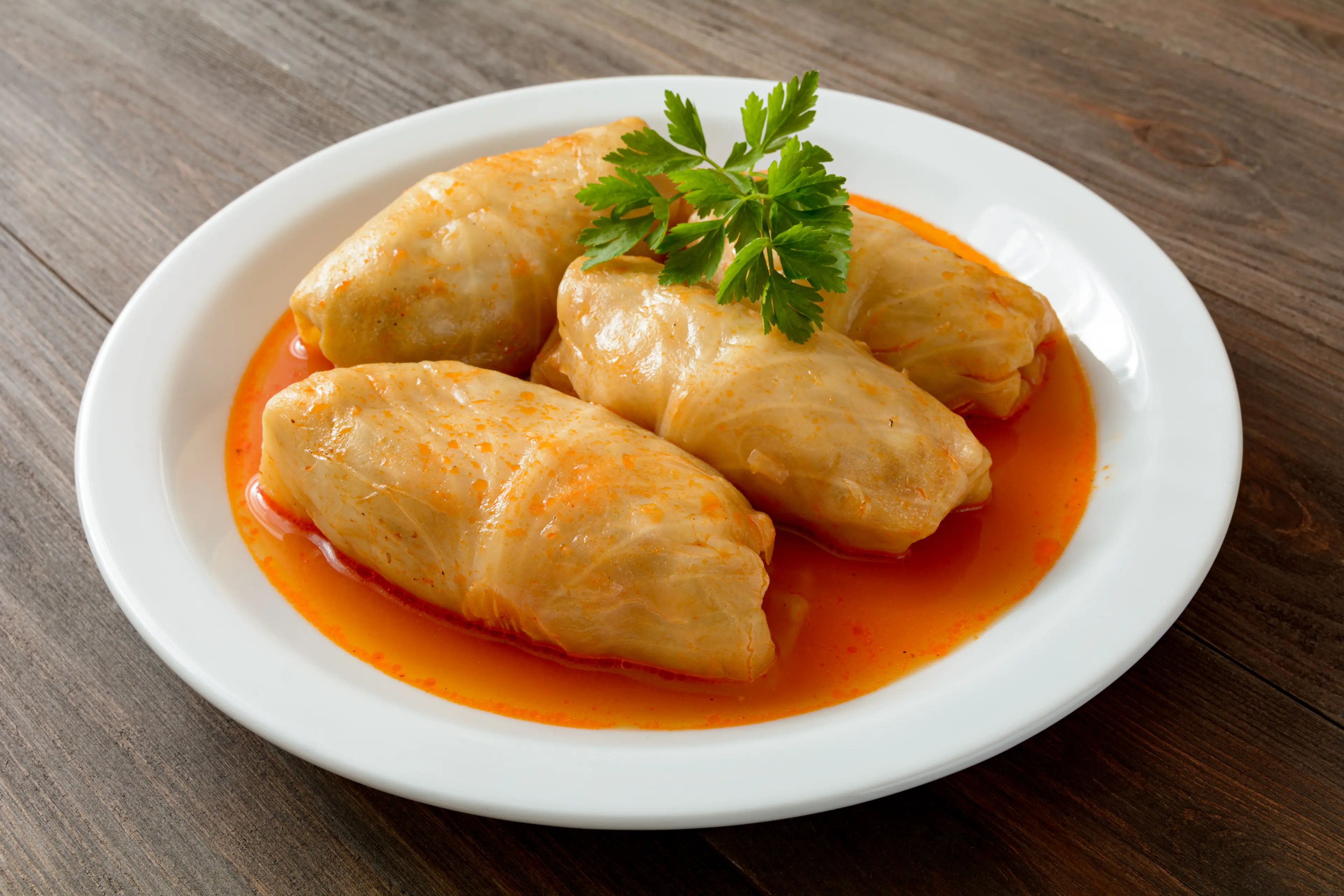
Golabki
Golabki are cabbage rolls stuffed with meat and rice, a traditional dish in Warsaw.
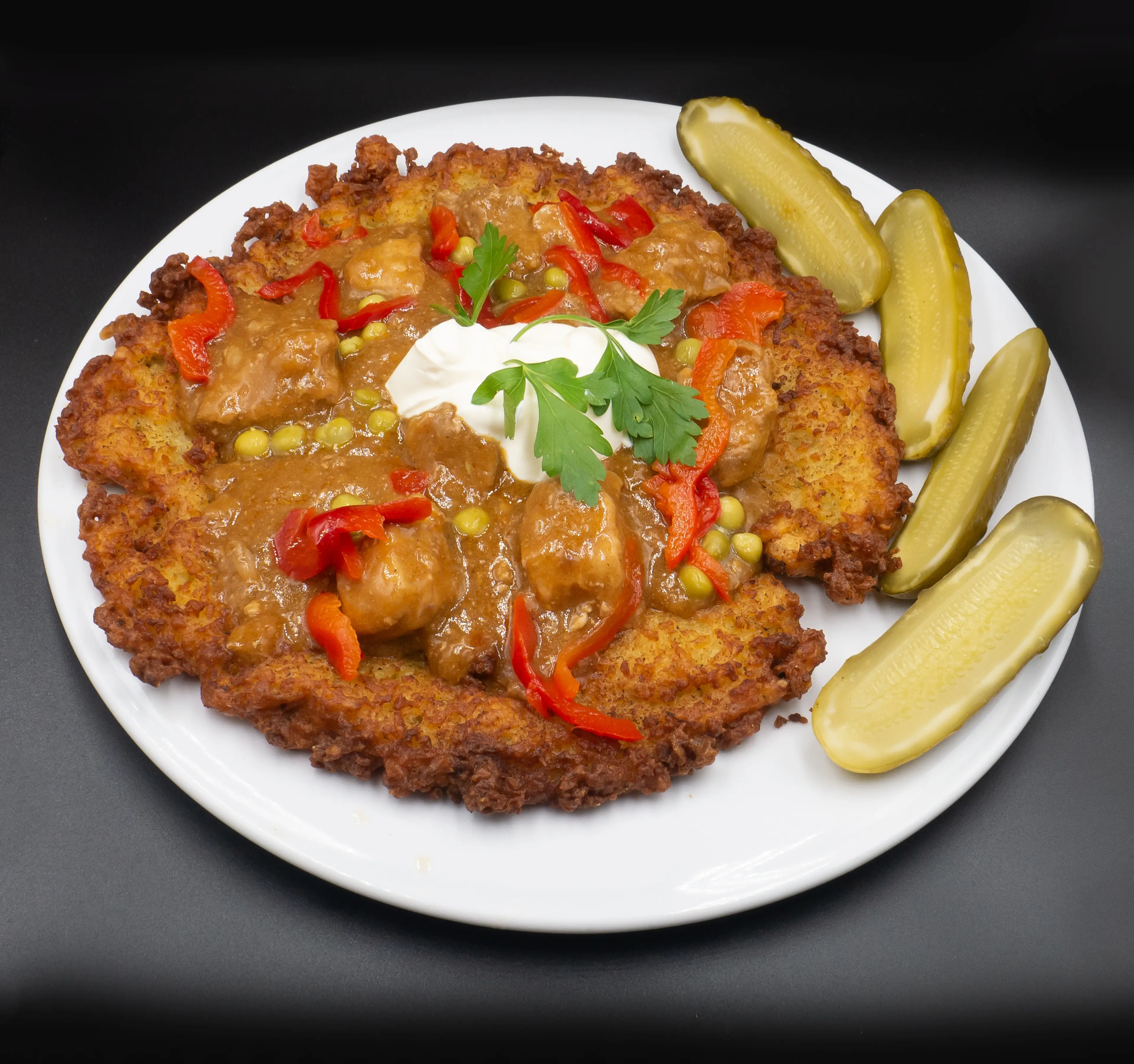
Placki Ziemniaczane
These are Polish potato pancakes, often served with sour cream or a goulash-style topping. They are a common side dish in Warsaw.
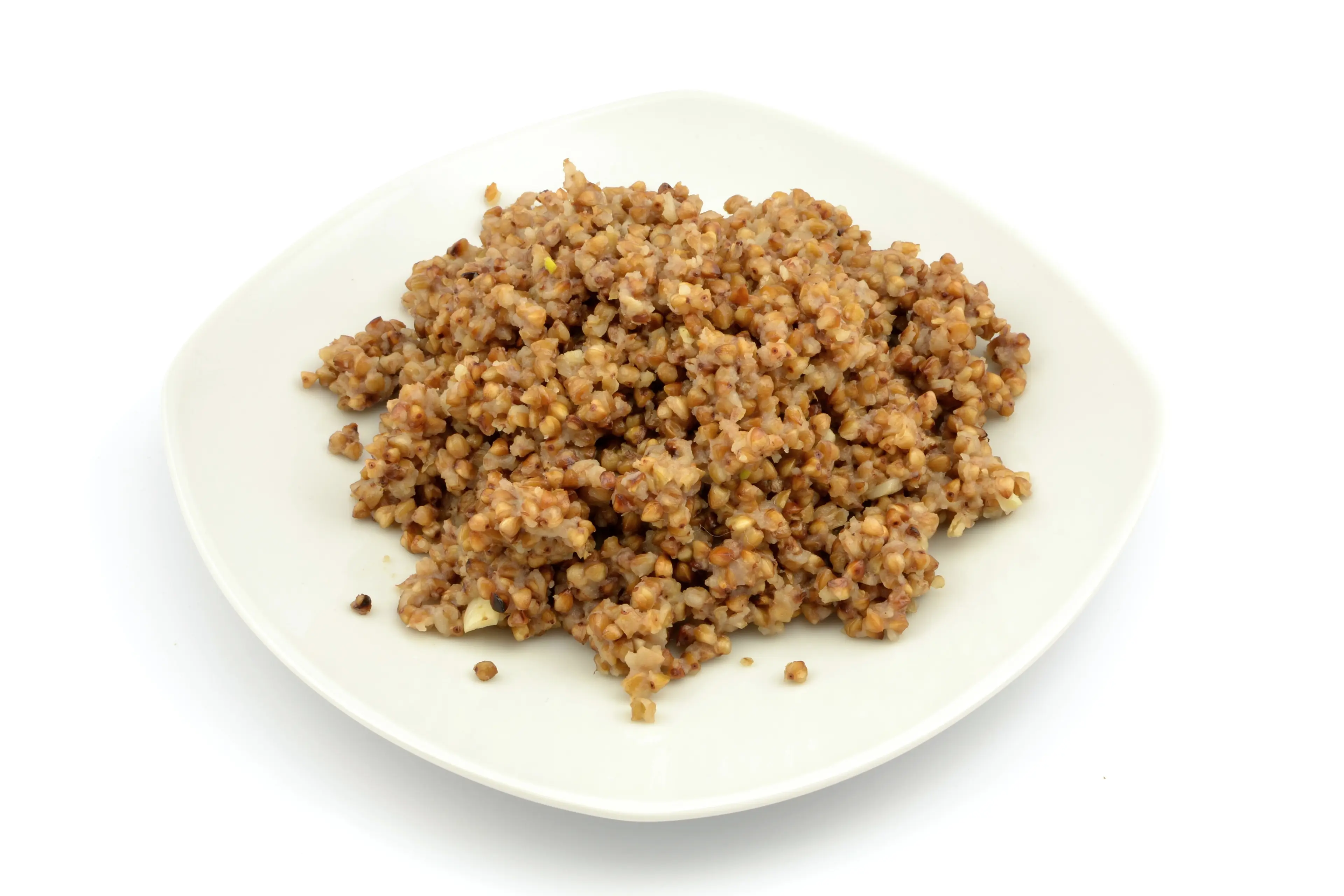
Kasza Gryczana
This is buckwheat groats, a type of grain that is a staple in Polish cuisine. It's often served as a side dish in Warsaw.
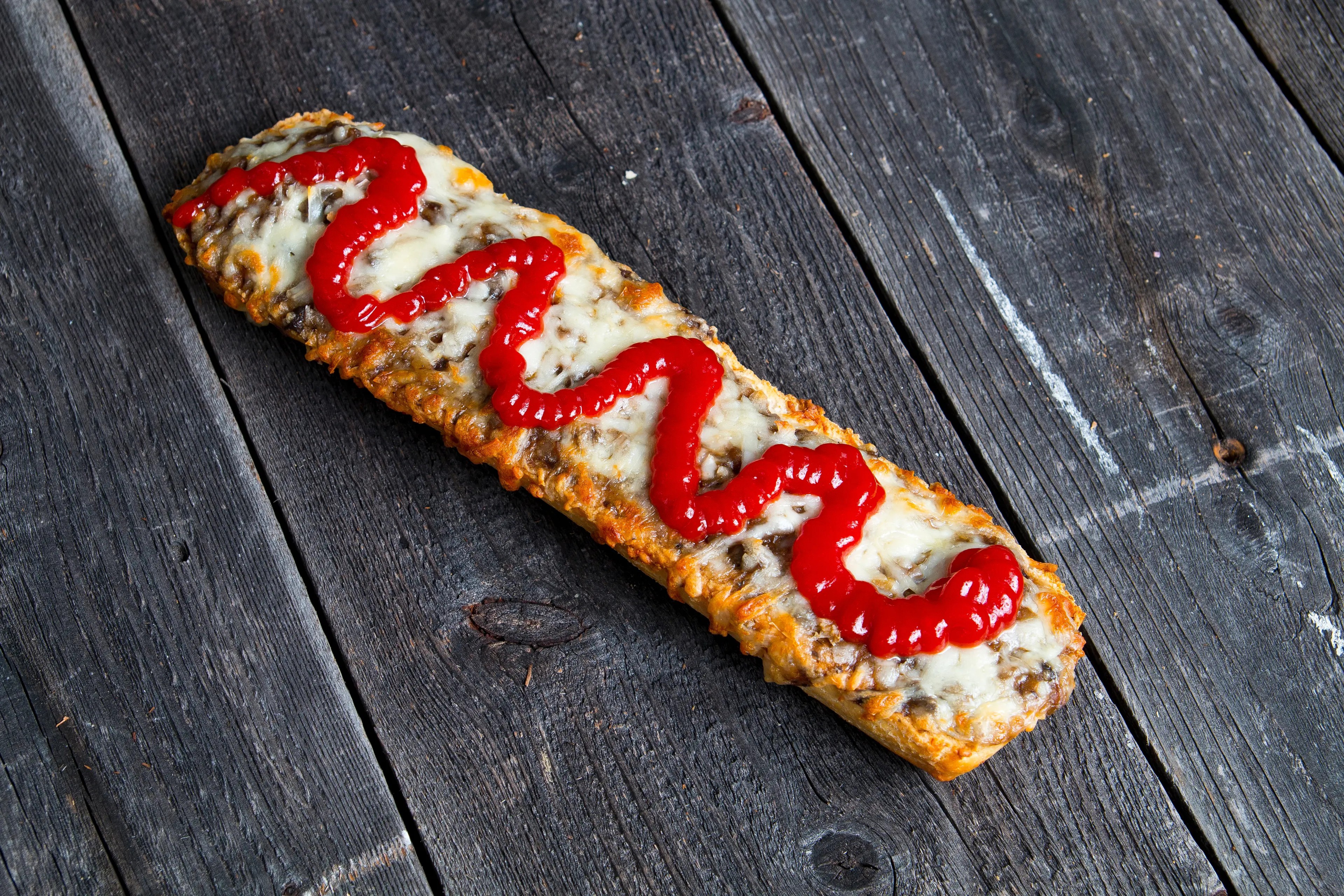
Zapiekanka
Zapiekanka is a Polish open-faced sandwich, typically topped with mushrooms and cheese. It's a popular street food in Warsaw.
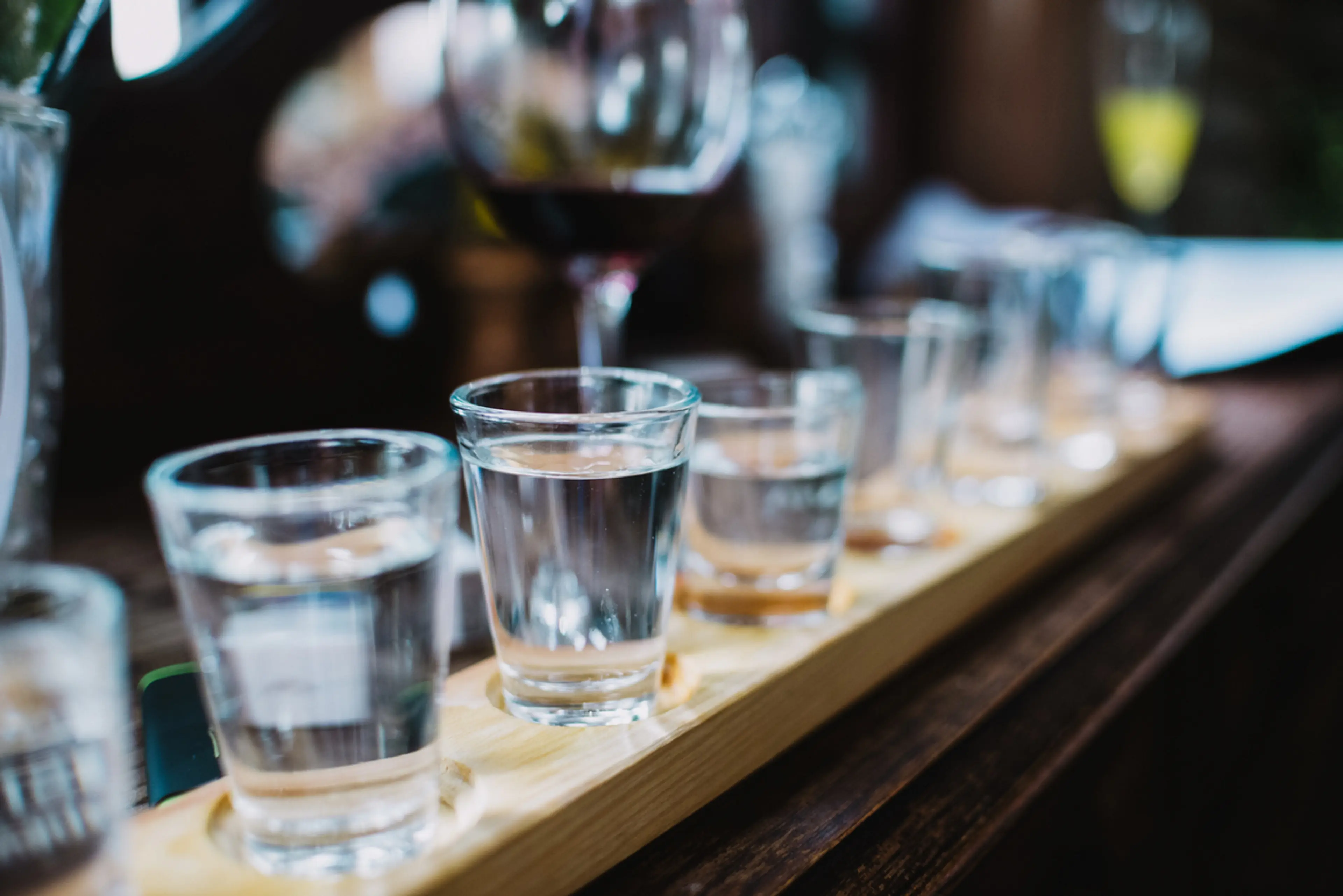
Polish Vodka
Wodka, or vodka, is a popular alcoholic beverage in Warsaw. Polish vodka is known for its high quality.
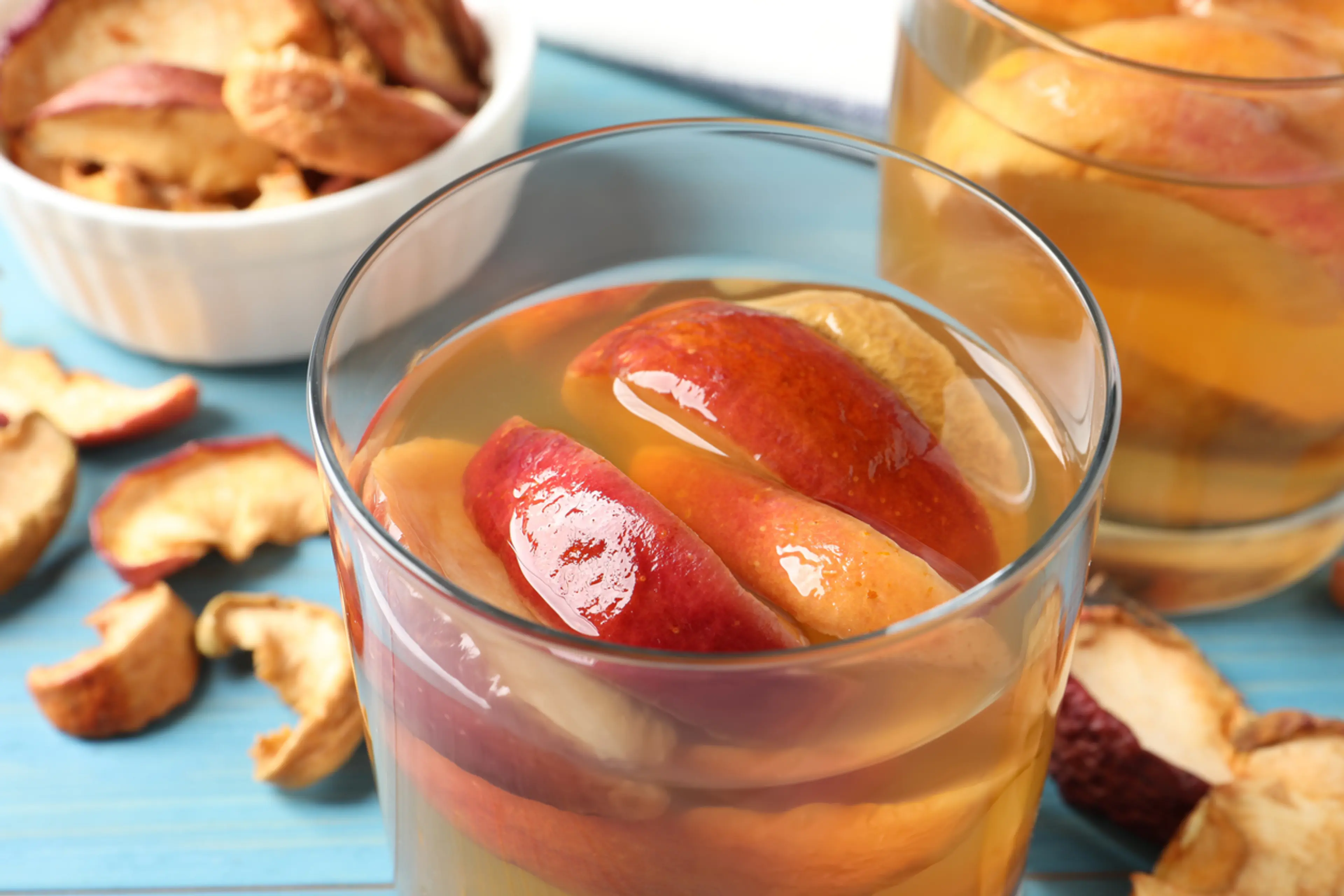
Kompot
Kompot is a sweet non-alcoholic beverage made by boiling fruit in water with sugar. It's a traditional drink in Warsaw.
Best time to visit
The best time to visit Warsaw, Poland as a tourist is from May to September. During these months, the weather is warm and pleasant, perfect for sightseeing and outdoor activities. The city also hosts numerous festivals and events during this period, adding to the overall experience. However, if you prefer less crowded periods, late spring (April to June) and early autumn (September to October) are also good times to visit.
How to get around
Public Transport
Warsaw has an extensive public transport system that includes buses, trams, and a metro system. The metro has two lines, M1 and M2, which cover a large part of the city. Buses and trams cover the entire city and its suburbs. Tickets can be purchased from kiosks, ticket machines, or directly on the bus or tram.
Taxi
Taxis are plentiful in Warsaw and can be hailed on the street, booked by phone, or through a mobile app. All taxis are metered and rates are regulated by the city. Be sure to look for the official taxi sign on the roof and the rate card in the window.
Ridesharing
Ridesharing services such as Uber and Bolt are available in Warsaw. These services can be booked through their respective mobile apps and offer a convenient and often cheaper alternative to traditional taxis.
Bicycle
Warsaw has a public bicycle sharing system called Veturilo. Bikes can be rented from numerous stations around the city using a credit card or the Veturilo mobile app. The city also has a network of bicycle lanes, making it a bike-friendly city.
Car Rental
Several car rental companies operate in Warsaw, offering a range of vehicles from compact cars to luxury vehicles. Renting a car can be a good option if you plan to explore areas outside of the city, but keep in mind that traffic can be heavy and parking can be difficult in the city center.
Walk
Many of Warsaw's attractions are located close to each other, especially in the city center, making walking a viable option. The city is pedestrian-friendly with plenty of sidewalks and pedestrian zones.
Boat
During the warmer months, you can take a boat tour on the Vistula River. These tours offer a unique perspective of the city and are a relaxing way to get around.
Important information
Currencyzł PLN
Time zoneUTC+1
Driving sideRight
Emergency phone112, 999
Drinking waterOpt for bottled water
Power sockets
Voltage230 V
Things to know about Warsaw, Poland as a first time visitor
1
Warsaw is the capital and largest city of Poland, located in the east-central part of the country.
2
The official language is Polish, but English is widely spoken especially by younger people and professionals.
3
The currency in Poland is the Polish Zloty (PLN). Credit cards are widely accepted, but it's always good to have some cash on hand.
4
Poland is part of the European Union but not part of the Eurozone. This means they do not use the Euro as their currency.
5
Warsaw has a temperate-continental climate with cold winters and warm summers. Average temperatures range from 25°F to 33°F (-4°C to 1°C) in winter and 64°F to 73°F (18°C to 23°C) in summer.
6
Public transportation in Warsaw is extensive and efficient, including buses, trams, and a metro system. Tickets can be purchased at kiosks, onboard, or via mobile apps.
7
Tipping is customary in Poland. It's common to leave a 10-15% tip in restaurants, cafes, and taxis.
8
Warsaw is generally safe for tourists, but like any large city, it's important to stay vigilant and aware of your surroundings, especially at night.
9
Poland is in the Central European Time Zone (CET), which is 1 hour ahead of Coordinated Universal Time (UTC+1).
10
The electrical outlets in Poland are type E, with a standard voltage of 230V and a frequency of 50Hz. You may need a power plug adapter or voltage converter.
11
Warsaw has a rich history and culture. It's recommended to learn a bit about the city's past, including its role in World War II, before visiting.
12
Polish cuisine is hearty and diverse. Don't miss trying traditional dishes like pierogi (dumplings), bigos (hunter's stew), and paczki (Polish doughnuts).
13
Drinking alcohol in public places is strictly prohibited in Poland, except in designated areas like bars and restaurants.
14
Smoking is banned in public places in Poland, including restaurants, bars, and public transportation.
15
Pharmacies in Poland are called 'Apteka'. They are widely available and can provide assistance with minor health issues.
16
Poland has a universal healthcare system, but it's recommended for tourists to have travel insurance that covers medical expenses.
17
The tap water in Warsaw is safe to drink, but bottled water is widely available if you prefer.
18
Warsaw has a vibrant nightlife with many bars, clubs, and music venues. The city is also known for its jazz scene.
19
Shopping in Warsaw offers a mix of modern malls, designer boutiques, and traditional markets. VAT can be refunded for non-EU residents on purchases over a certain amount.
20
Poland has strict laws regarding the respect of national symbols, including the national flag and anthem. Disrespect can result in fines or imprisonment.
Basic Polish to know as a first time visitor
English phrase | Native phrase | Pronunciation | When to use it |
|---|---|---|---|
Hello | Cześć | Cheh-sh-ch | Greeting someone |
Goodbye | Do widzenia | Doh vee-dzen-ya | Saying goodbye |
Please | Proszę | Proh-sheh | Making a request |
Thank you | Dziękuję | Jen-koo-yeh | Expressing gratitude |
Yes | Tak | Tahk | Agreeing or confirming |
No | Nie | Nee-eh | Disagreeing or denying |
Excuse me | Przepraszam | Pshe-pra-sham | Getting attention or apologizing |
I don't understand | Nie rozumiem | Nee-eh ro-zoo-myem | When you don't understand something |
Do you speak English? | Czy mówisz po angielsku? | Chy moo-vish po an-gyel-skoo? | Asking if someone speaks English |
Where is...? | Gdzie jest...? | Gd-jeh yest? | Asking for directions |
Bathroom | Łazienka | Wah-zhen-ka | Looking for a bathroom |
Help | Pomoc | Poh-mots | In case of emergency |
I'm lost | Zgubiłem się | Zgoo-byehm sheh | When you're lost |
Can I have...? | Czy mogę dostać...? | Chy mo-geh doh-stah-ch? | Ordering something |
How much does it cost? | Ile to kosztuje? | Ee-leh toh kosh-too-yeh? | Asking for the price |
Water | Woda | Voh-dah | Ordering water |
Beer | Piwo | Pee-vo | Ordering beer |
Wine | Wino | Vee-no | Ordering wine |
Food | Jedzenie | Yed-zhen-ee-eh | Talking about food |
Cheers | Na zdrowie | Nah zdroh-vyeh | Making a toast |
Packing List
Clothing
Underwear
Socks
T-shirts
Pants/Jeans
Comfortable walking shoes
Sweater or jacket
Pajamas
Scarf, gloves and hat (if in winter)
Toiletries
Toothbrush and toothpaste
Deodorant
Shampoo and conditioner
Body wash or soap
Razor and shaving cream
Makeup and makeup remover
Hairbrush or comb
Prescription medications
First aid kit
Travel documents and essentials
Passport
Driver's license or ID card
Credit and debit cards
Cash and coins
Health insurance card
Travel insurance information
Hotel and/or car rental reservations
Maps and guidebooks
Emergency contacts and important addresses
Electronics and gadgets
Smartphone
Charger for smartphone
Headphones
Camera
Charger for camera
Power adapter and converter
Portable power bank
Miscellaneous items
Snacks
Bottled water
Travel pillow and blanket
Books or e-books for entertainment
Travel-sized laundry detergent
Plastic bags for dirty clothes
Umbrella
Sunglasses
Sunscreen
Weather Conditions
When planning a trip to Warsaw, Poland, it's important to consider the city's temperate seasonal climate. The weather can vary greatly throughout the year, so it's essential to pack accordingly. Winter, from December to February, can be quite cold with temperatures often dropping below freezing, around 23°F (-5°C). Snowfall is common during this period, so if you're planning a winter visit, pack warm clothing, including a heavy coat, scarves, gloves, and boots. Spring, from March to May, sees a gradual increase in temperatures, with averages ranging from 37°F (3°C) in March to 59°F (15°C) in May. This is a beautiful time to visit as the city comes alive with blooming flowers. Summer, from June to August, is the warmest season with temperatures often reaching up to 75°F (24°C). However, it can occasionally spike to 86°F (30°C). This is a great time for outdoor activities, but don't forget to pack light clothing, sunscreen, and a hat. Autumn, from September to November, is a transition period with temperatures gradually decreasing from 64°F (18°C) in September to 41°F (5°C) in November. The city is particularly beautiful in autumn with colorful foliage, but remember to bring a jacket and umbrella as rainfall is common. Regardless of when you visit, it's always a good idea to check the forecast before your trip. Warsaw's weather can be unpredictable, and sudden changes can occur. Always pack a mix of clothing to accommodate for unexpected weather changes. Lastly, remember that Warsaw is a walkable city, so comfortable footwear is a must, regardless of the season. Enjoy your visit to this beautiful city!
| Month | Hi / Lo (°C) | Weather Overview |
|---|---|---|
January | 3° / -6° | January is the coldest month in Warsaw, with frequent snow and frost. |
February | 4° / -5° | February is still cold with snowfall, but the days start to get longer. |
March | 8° / -2° | March sees the beginning of spring, with temperatures slowly rising and snow melting. |
April | 14° / 2° | April is a mild month with more sunshine, but there can be occasional rain showers. |
May | 20° / 7° | May is a pleasant month with blooming flowers and greenery, perfect for outdoor activities. |
June | 23° / 11° | June marks the start of summer, with long sunny days and warm temperatures. |
July | 25° / 13° | July is the warmest month in Warsaw, with occasional heatwaves and thunderstorms. |
August | 24° / 13° | August is slightly cooler than July, but still warm and sunny, ideal for sightseeing. |
September | 19° / 9° | September is the start of autumn, with cooler temperatures and beautiful fall foliage. |
October | 14° / 4° | October is a cool month with shorter days and colorful autumn leaves. |
November | 8° / 0° | November is a chilly month with shorter days and the first signs of winter. |
December | 4° / -4° | December is a cold month with short days, often with snowfall, perfect for Christmas markets. |
Did you know?
Places near by Warsaw, Poland

Lublin Old Town
Historic center of Lublin with medieval architecture and cobblestone streets

Torun
Medieval town, birthplace of Nicolaus Copernicus, known for its gingerbread

Bialowieza Forest
One of the last and largest remaining parts of the primeval forest that once covered much of Europe

Wieliczka Salt Mine
One of the world's oldest salt mines, now a UNESCO World Heritage site

Malbork Castle
The largest castle in the world measured by land area, a UNESCO World Heritage site

Krakow
Historic city with a well-preserved medieval core and Jewish quarter

Auschwitz-Birkenau
Former Nazi concentration camp, a symbol of humanity's cruelty to its fellow human beings

Gdansk
Port city on the Baltic coast of Poland, known for its beautiful old town and maritime history

Wroclaw
Known as the Venice of Poland, famous for its Market Square and Gothic-style buildings

Zakopane
Poland's winter capital, known for its ski resorts and the Tatra Mountains